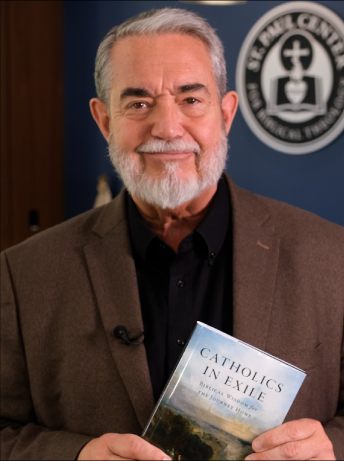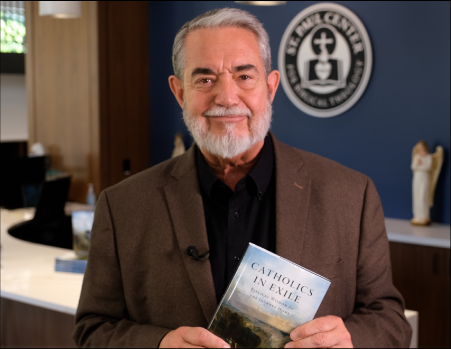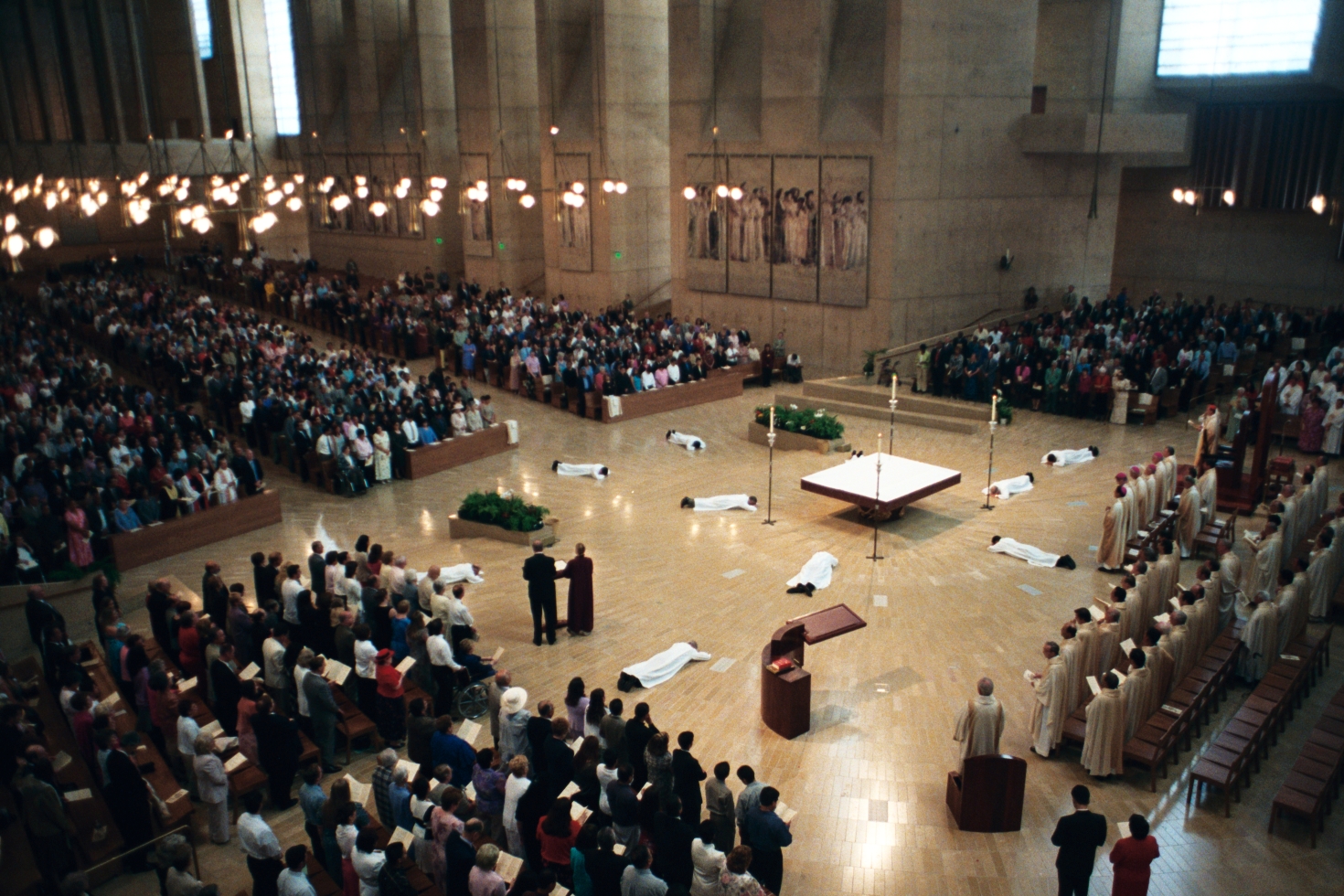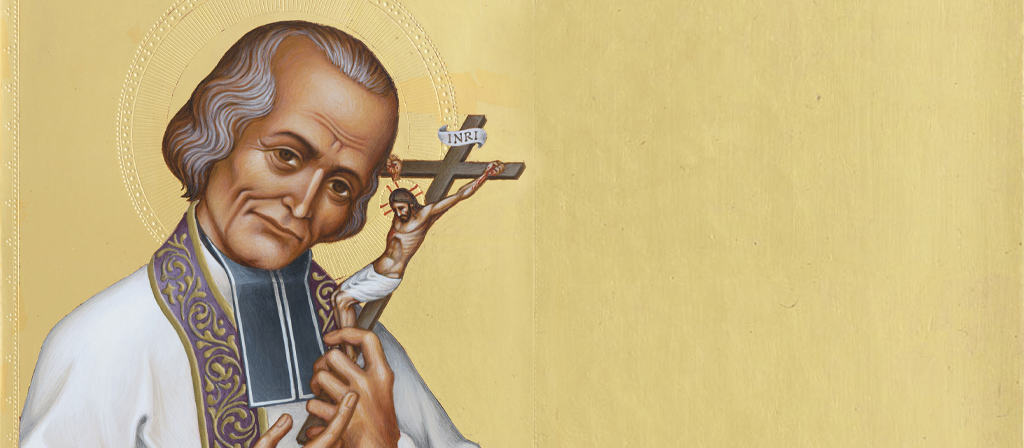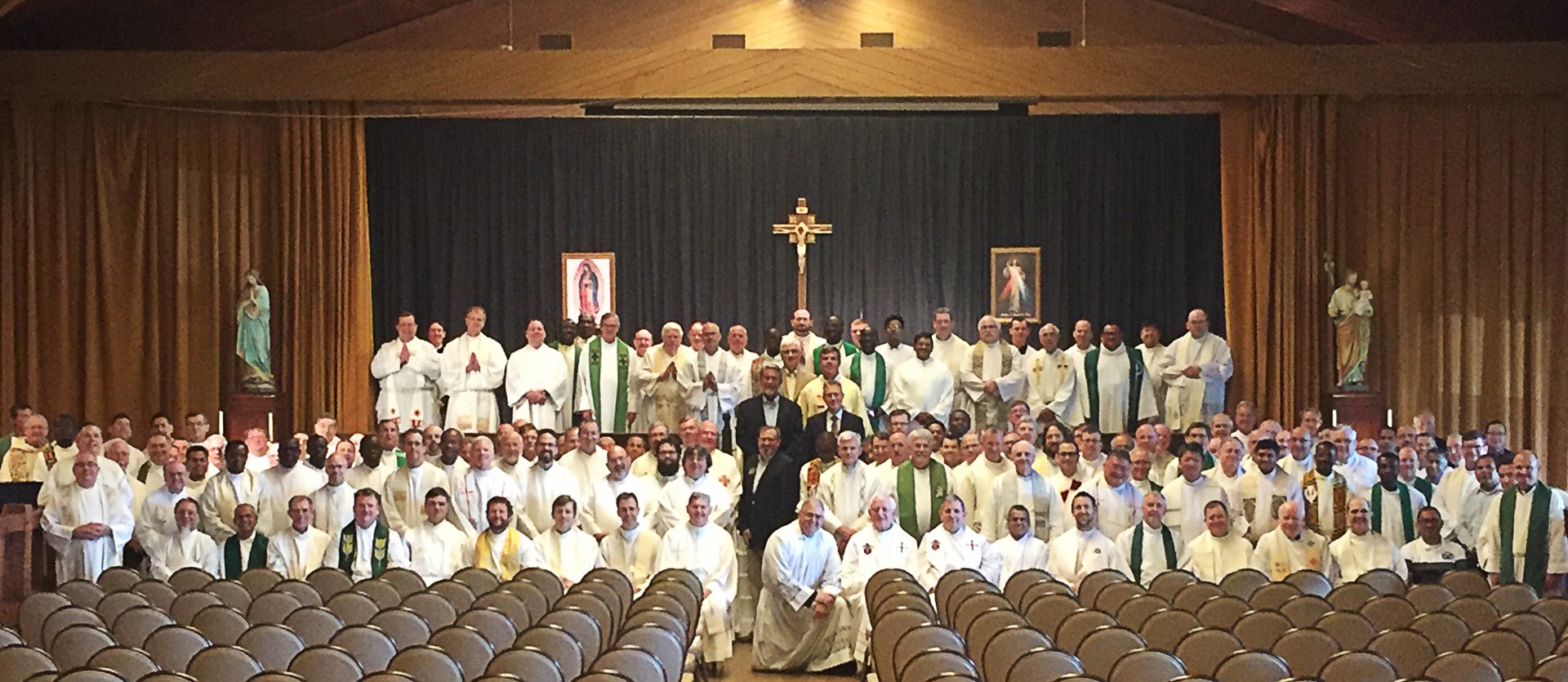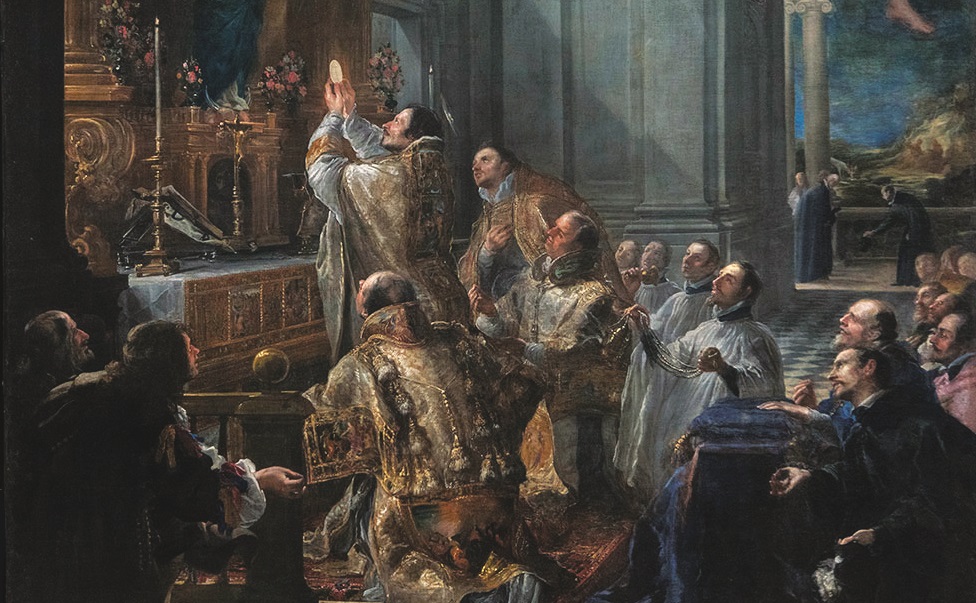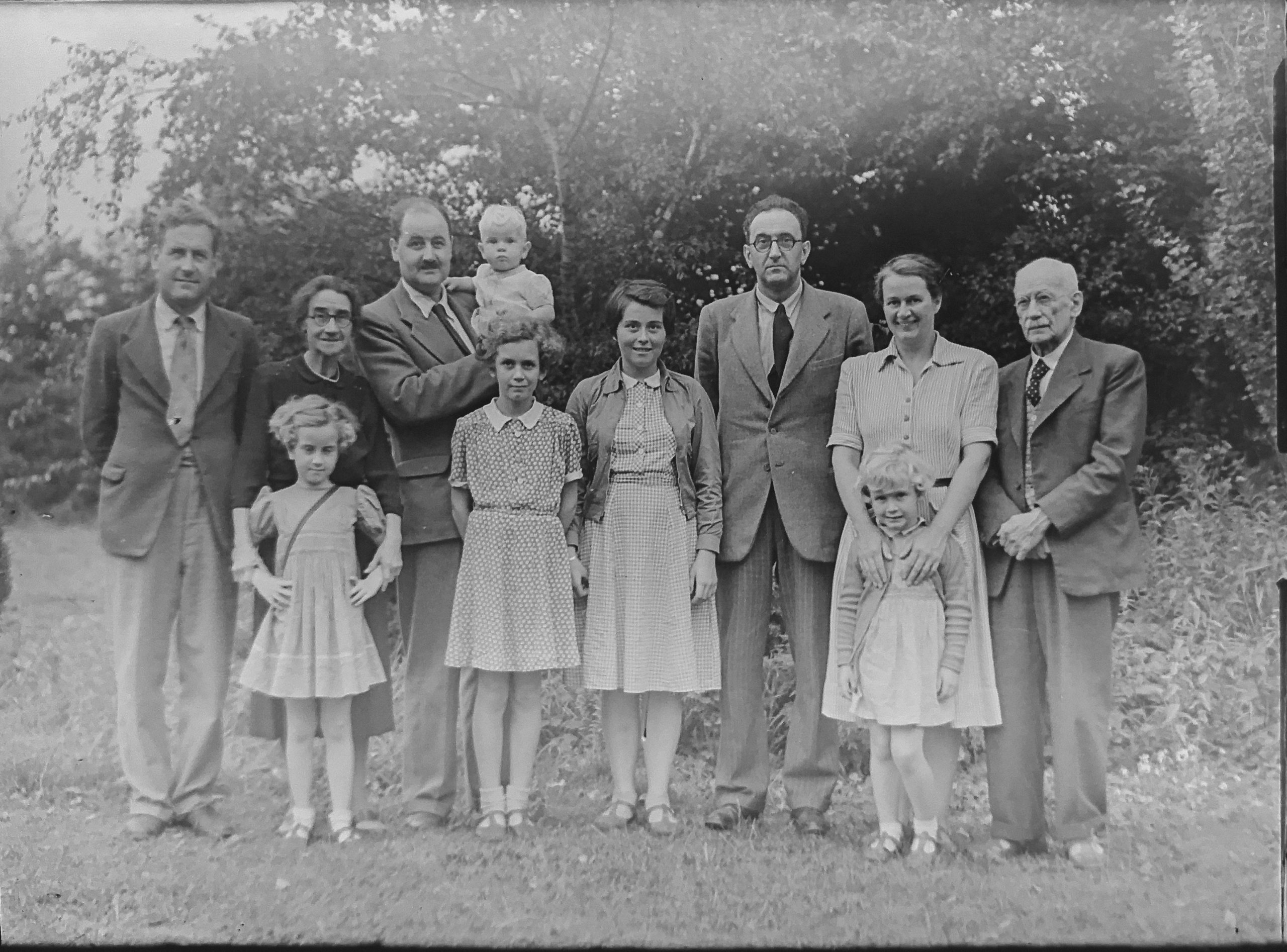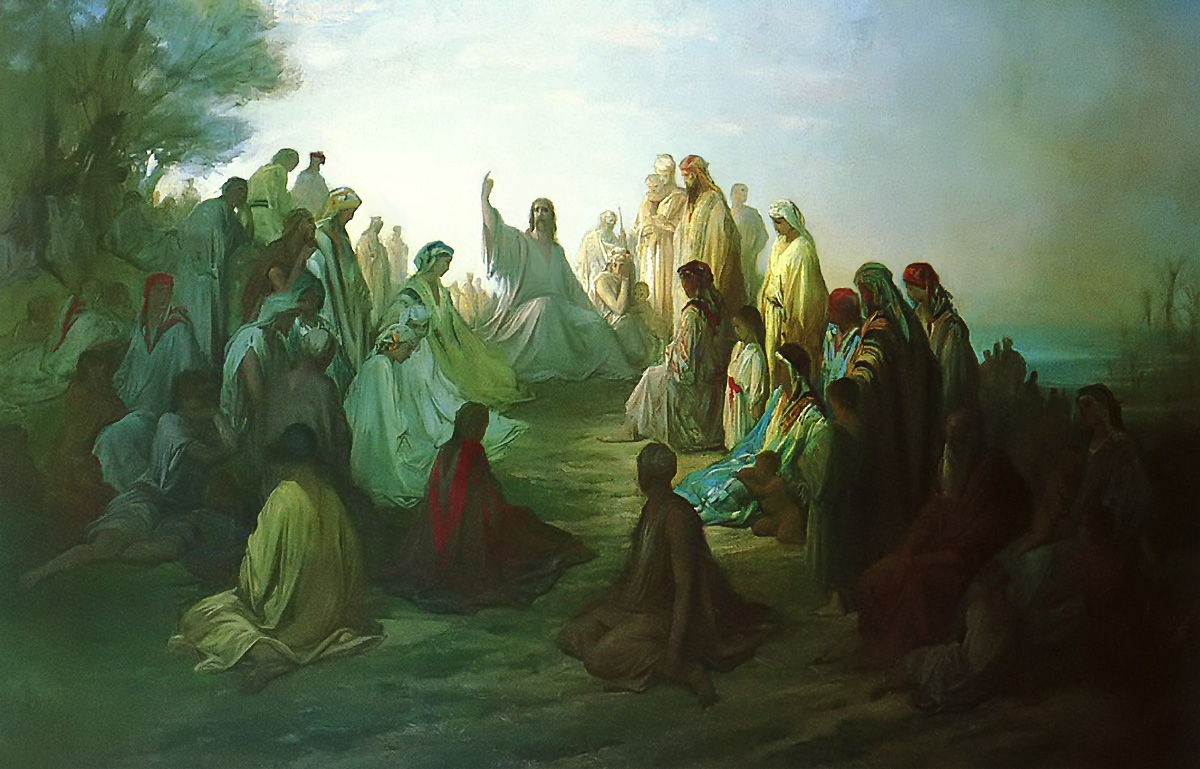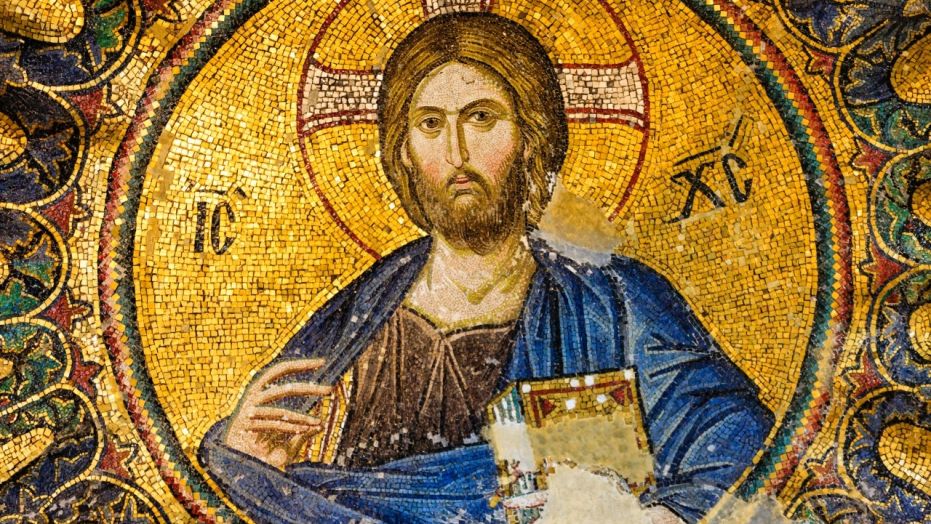Is Priestly Ordination in the New Testament?
In the New Testament the laying on of hands is linked with healing, Baptism, and bestowal of the Holy Spirit for mission. The significance of the laying on of hands became one of the foundational teachings of the early Church, as Hebrews 6:2 indicates.
Is Priestly Ordination in the New Testament? Read More »
